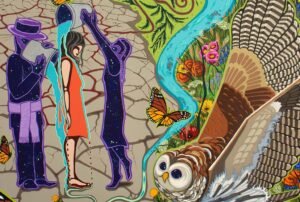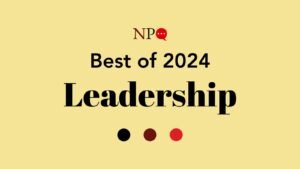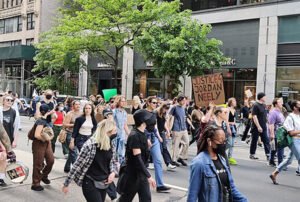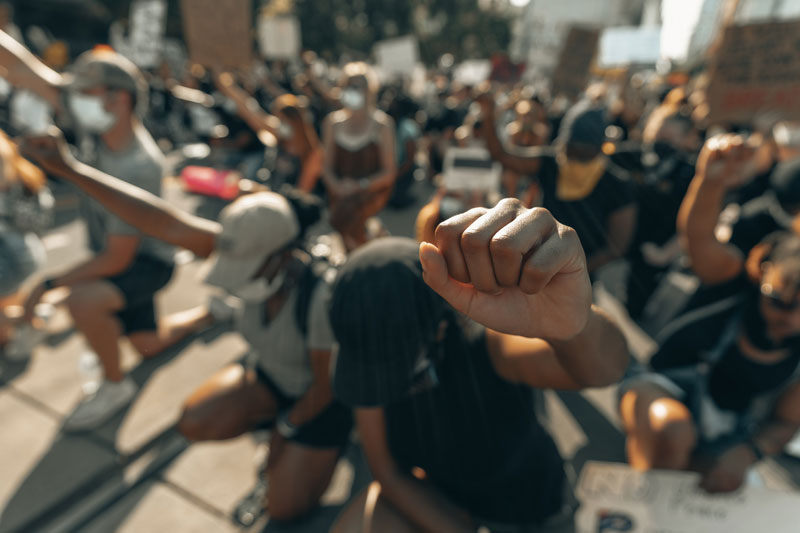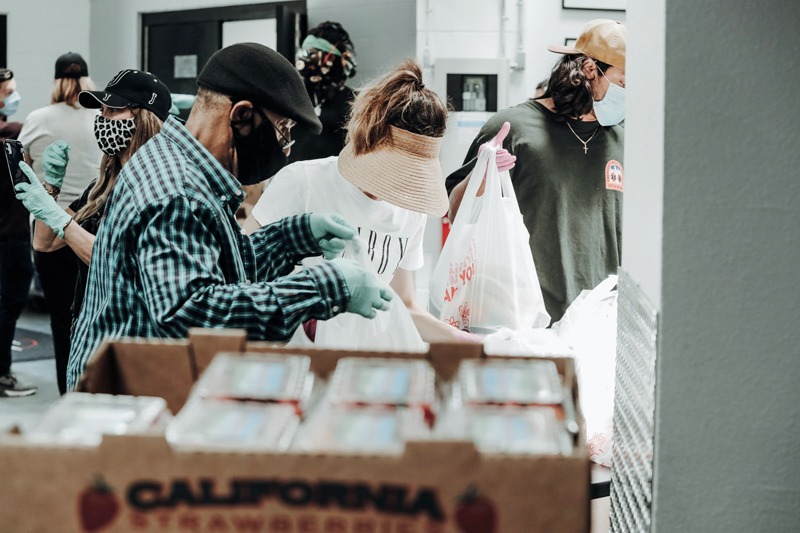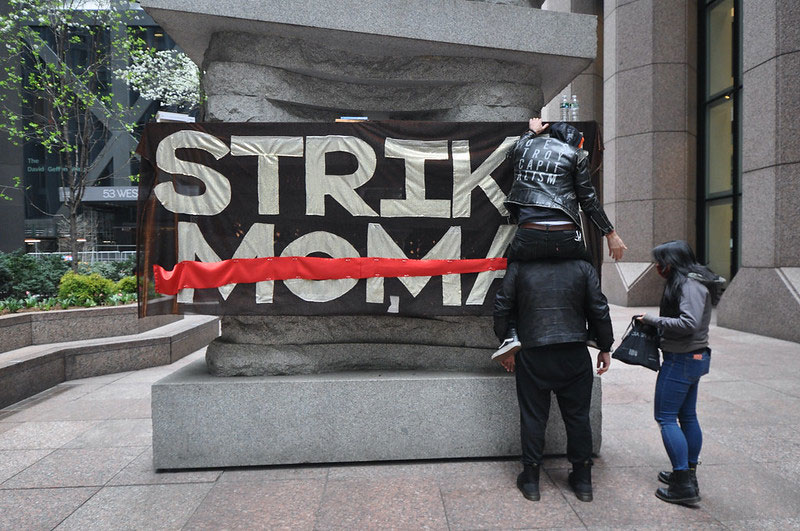January 21, 2011; Source: Creative Commons | In the coming year, the federal government will distribute $500 million to community colleges and other higher education learning institutions across the country. The most intriguing part of this story however, is not the money itself, but what the money helps produce. All resources created using grant funds are required to be made freely available for reuse to the public under a Creative Commons license.
The money is part of the TAACCCT program, for which an acronym is necessary due to the cumbersome name given to it, the Trade Adjustment Assistance Community College and Career Training Grant Program. TAACCCT will invest $2 billion over a period of 4 years, funneled through the Department of Labor and the Department of Education. The program is designed to support job training, and is an instrument to help achieve President Obama’s goal for the U.S. to lead the world in the highest proportion of college graduates by 2020.
All grant outputs produced by the program are required to be released under the Creative Commons Attribution (CC BY) license, which, as described in the government's program announcement, "allows subsequent users to copy, distribute, transmit and adapt the copyrighted work." The caveat is that whoever spreads the materials (in their original or changed format) has to attribute the work to its original author. There's also a notice about the CC BY license that has to be included in every copy of the work. As such, although the CC BY license allows more people to use the works it covers, it is in many ways stricter than traditional copyright.
In plain, jargon-free language, here is an example of what the Creative Commons licenses enable:
Sign up for our free newsletters
Subscribe to NPQ's newsletters to have our top stories delivered directly to your inbox.
By signing up, you agree to our privacy policy and terms of use, and to receive messages from NPQ and our partners.
"In practice, this means that if a community college wins a grant to create a video game to teach how to install solar panels, everyone will have the benefit of that knowledge. They will be able to play the game for free. In addition, anyone can translate it into Spanish or Russian or use it as the basis to create a new game to teach how to do a home energy retrofit."
The article "Open Grantmaking in Practice, Not Just In Principle" (where you'll find the above quote) explains the utility and potential for government use of Creative Commons licenses much more in depth.
The CC BY license requirement is a landmark for Creative Commons, itself a nonprofit, whose advocacy for alternate forms of attribution beyond copyright has been a laudable if uphill battle. As they see it, by requiring the CC BY licensing, the government is recognizing the potential of this way of attributing work.
For taxpayers, the benefit is not having to pay twice – once in taxes to create the work, then a second charge for access to it. For the funders and people who create the work, the benefit is that the fruits of their investment can be harvested by many more people in many more places than if they'd chosen traditional copyright. It's a benefit they hope to bring to more government programs in the future.—James David Morgan




